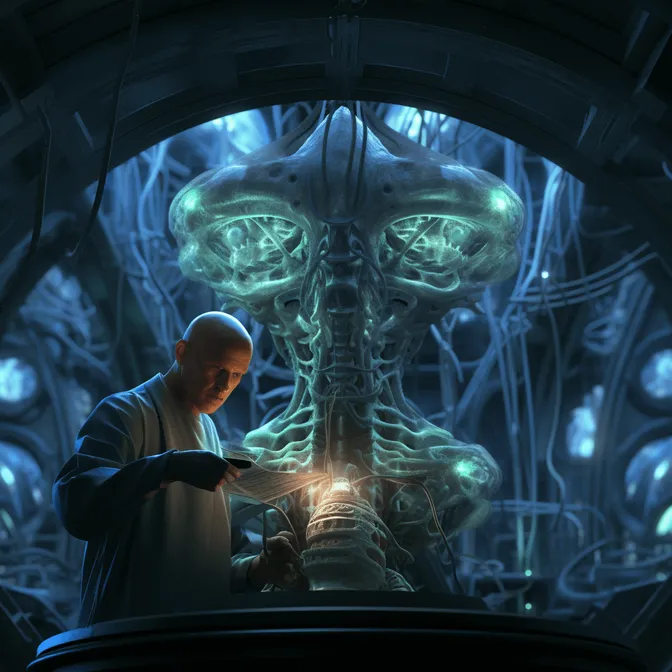In the ever-evolving landscape of healthcare, medical research and innovations stand as the pillars of progress, offering hope and solutions to numerous health challenges. These two intertwined forces have transformed the way we prevent, diagnose, and treat diseases, ultimately enhancing the quality of life for millions worldwide. In this article, we will explore the significance of medical research and the innovations that emerge from it.
The Crucial Role of Medical Research:
Medical research is the driving force behind our understanding of diseases and the development of new therapies. It plays a pivotal role in uncovering the mysteries of the human body, shedding light on the causes and mechanisms of various ailments. This knowledge not only benefits individuals but contributes to the broader public health infrastructure. One of the most remarkable aspects of medical research is its capacity to adapt and evolve. Researchers continually strive to answer pressing questions, such as the origins of diseases, the development of new treatment options, and strategies for prevention. The collaborative efforts of scientists, doctors, and organizations worldwide lead to groundbreaking discoveries that save lives and improve healthcare outcomes.
Innovations that Transform Healthcare:
Medical research serves as the breeding ground for innovations that shape the healthcare landscape. Here are some notable advancements that have emerged in recent years:
- Precision Medicine: Tailored treatments based on an individual’s genetic makeup and lifestyle factors are revolutionizing healthcare. This approach allows for more effective and less invasive treatments, ultimately improving patient outcomes.
- Telemedicine: The advent of telemedicine has made healthcare more accessible and convenient. Patients can now consult with healthcare professionals remotely, reducing the need for physical visits to healthcare facilities.
- AI and Machine Learning: Artificial intelligence is being used to analyze vast amounts of healthcare data, leading to faster and more accurate diagnoses. Machine learning algorithms can identify patterns and trends that might be missed by human professionals.
- Vaccines: Medical research continues to drive the development of vaccines that protect against a wide range of infectious diseases. Recent developments, such as mRNA vaccine technology, have been game-changers in the fight against pandemics like COVID-19.
- Advanced Imaging and Diagnostic Tools: Innovations in medical imaging and diagnostic technology have improved early disease detection, leading to more effective treatments.
- Gene Editing: Techniques like CRISPR-Cas9 offer the potential to edit genes and correct genetic mutations, opening new avenues for treating genetic disorders.
- Regenerative Medicine: Scientists are developing methods to repair or replace damaged tissue and organs, offering hope for patients with conditions previously deemed untreatable.
The Future of Medical Research and Innovation:
As we look to the future, the potential for medical research and innovation is boundless. From harnessing the power of artificial intelligence to developing revolutionary therapies, the healthcare landscape is on the verge of even greater transformations. However, realizing this potential requires continued investment in medical research, a commitment to ethical practices, and global collaboration. By supporting these efforts, we can anticipate a healthier, more prosperous future where medical research and innovations continue to be the driving force behind advancements in healthcare.
conclusion
Medical research and innovations play an indispensable role in shaping the future of healthcare. They hold the promise of better treatments, more accurate diagnoses, and ultimately, a higher quality of life for people around the world. As we celebrate these advancements, it is essential to remember the dedicated individuals and organizations working tirelessly to make our world healthier, one discovery at a time.

.e96853c1_ZQv3t0.png)
